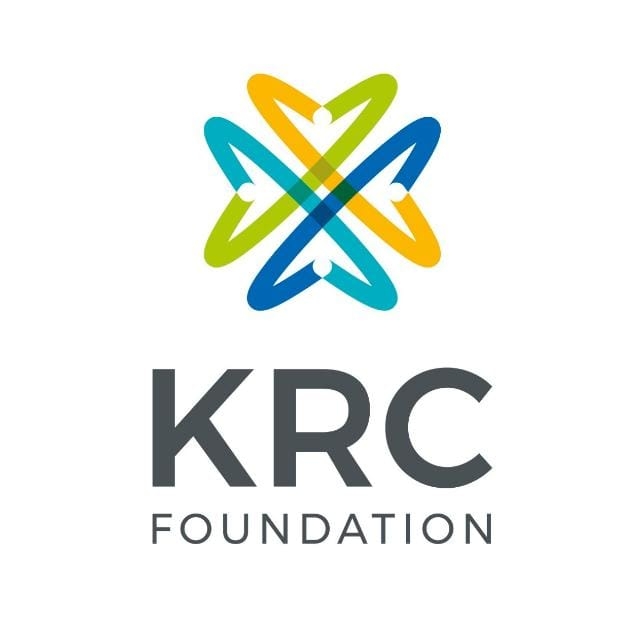“This underscores the importance of effective screening programmes and timely treatment to reduce premature mortality rates
 KRC TIMES National Bureau
KRC TIMES National Bureau

NEW DELHI : Mizoram, Arunachal Pradesh, Karnataka, and Nagaland have reported the highest cervical cancer burden in India, according to the latest ICMR-NCDIR study.
The study stressed the need to create awareness, early screening and HPV vaccination among adolescents if the country plans to eliminate cervical cancer by 2030.
The burden of cervical cancer, which is the second most common cancer in India, peaked in the age group of 65 to 69 years, with about 60% of the burden experienced by women between 50 and 74 years of age, according to the study by the Indian Council of Medical Research (ICMR)-National Centre for Disease Informatics and Research (NCDIR), Bengaluru.
“The burden of cervical cancer in India is significant, with a higher burden in the northeastern and central regions of the country,” said the study, published in BMC Reproductive Health.
The study also said that the screening for cervical cancer in India has been implemented through the National Programme for Prevention and Control of Non-Communicable Diseases (NP-NCD) since 2010.
Still, the coverage has been extremely poor, with only 1.2% of women aged 15-49 ever having been screened for cervical cancer and the gap is wide between those living in urban and rural areas.
However, the study, based on 2016 data collected under the National Cancer Registry Program (NCRP), projected a 3.4 per cent reduction in the cervical cancer burden in India by 2025.
Speaking to media , Dr. Prashant Mathur, co-author and Director ICMR-NCDIR, said that seven out of 10 women with cervical cancer die prematurely before 70 years of age.
“This underscores the importance of effective screening programmes and timely treatment to reduce premature mortality rates.”
He said the projection for a reduction in cervical cancer is due to various reasons, mainly because of interventions like increased menstrual hygiene, delayed age of marriage, girl child education and use of contraceptives, etc.
In India, cervical cancer is the second most common cancer in both incidence (18.3%) and cancer mortality (18.7%) among women in 2020, with a 5-year prevalence of 18.8%.
Dr. Mathur said utilising comprehensive cancer registry data for informed policy-making is vital to design and implement effective cervical cancer control programs tailored to regional needs.
“Strengthening the screening program and promoting HPV vaccination awareness is essential to reducing the burden of cervical cancer. Expanding HPV vaccination coverage is crucial for preventing cervical cancer, and policymakers should prioritize vaccination campaigns, particularly in high-incidence regions,” he added.
The study estimated the age-standardized incidence rate of cervical cancer in India for 2016 at 12.1 per 100,000 women, which is three times higher than the cervical cancer elimination target of 4 per 100,000 women.
The study also pointed out the scaling up of HPV vaccination, recommended by the National Technical Advisory Group for Immunisation (NTAGI) in the universal immunisation programme for adolescent girls of 9- 14 years, with a one-time catch-up, is a step forward in cervical cancer control in India.
It stressed that with the current 2% screening coverage, India has to improve it by 35.0 times to achieve the 70% screening coverage target. Scaling up HPV vaccination with 90% coverage and two-lifetime screenings will lead to the elimination of cervical cancer in India by approximately 2070.”
The study was conducted to assess the cervical cancer burden at the national and sub-national level in India, projecting it for the year 2025 in terms of years of life lost (YLLs), years lived with disability (YLDs), and disability-adjusted life years (DALYs).
“The highest age-standardised DALYs were found in the northeast region (290.1 DALYs per 100,000 women) and the lowest in the eastern region (156.1 DALYs per 100,000 women).
Unusual sexual practices, lack of advancement in Human Development Index lead to higher cervical cancer
The states of Mizoram, Arunachal Pradesh, Karnataka, and Nagaland had a higher cervical cancer burden with DALYs exceeding 300 per 100,000 women, the study added.
The study said the reason northeastern regions have reported higher burden of cervical cancer is due to less advancement in terms of the Human Development Index and also because of unsafe sexual practices.
The top three states with the highest HIV infection rates in India are located in the northeastern region, with Mizoram having the highest rate at 2.32%, it added.
The progress in reducing cancer-related premature mortality by only 11.5% between 2015 and 2030 doesn’t meet the sustainable development goals’ aim of a one-third reduction.
“This suggests that we are falling short of the target for reducing premature cancer deaths,” the study added. Of all new cases and deaths worldwide in 2020, India accounted for approximately one-fifth of new cases and nearly one-fourth of deaths due to cervical cancer, making it a significant contributor to the global burden of cervical cancer.



